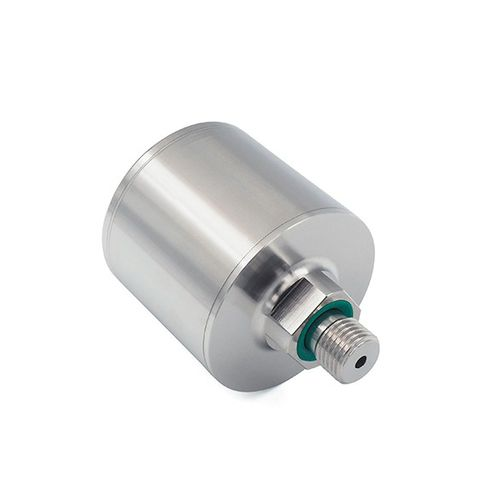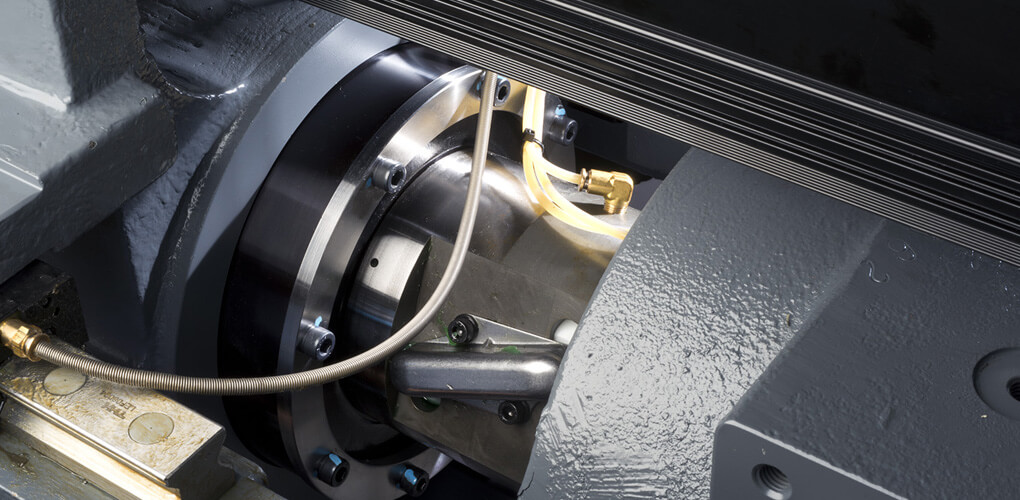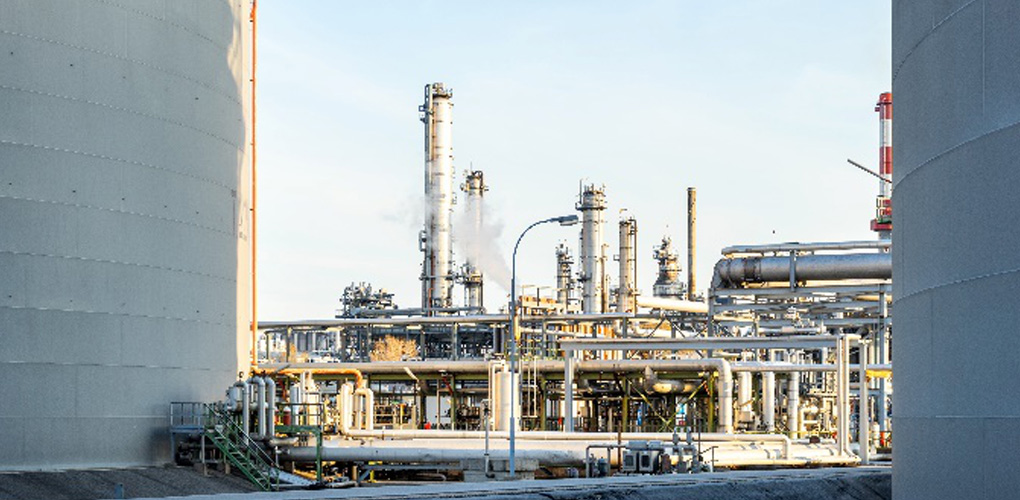Capacitive pressure transmitters: which 3 types of measurements you can use?
Types of instruments are pressure sensors or transducers?

In common parlance the capacitive pressure transmitter is also common as a pressure sensor even if in the technical terminology they have a different meaning.
Like all transducers, pressure sensors or transducers are instruments capable of measuring a certain quantity or form of energy such as;
- Density,
- force,
- level,
- weight,
- pH,
- electrical signal,
- temperature,
- speed,
- viscosity, humidity, etc.
and converting it as output signal in another physical quantity such as impedance, displacement force or electrical signal.
The conversion comes by a precise mathematical function so knowing the transfer function and the output quantity it is possible to know the input value and vice versa.
In which industries do capacitive pressure transmitters are widely used?
In the case of the capacitive pressure transmitter or transducer, the sensor converts the measurement of the incoming pressure into an analog electrical output signal. For this reason, they are widely used in industry for the regulation of plants.
An example is used;
- in refrigeration and air conditioning,
- use in the food industry,
- in the field of mobile work machines,
- in the measurement of medical gases,
- as well as in the semiconductor industry.
Pressure sensors are also common in various industries such as the automotive, shipbuilding, and aircraft design and construction industries.
Pressure sensors are also widespread in objects that now belong to our daily life such as touch screens: each time a pressure is applied to the touch screen of a smartphone or tablet.
Hence, the sensor determines where the pressure occurred and generates an electrical signal that reaches the processor.
Which types of measurement can you occur from capacitive pressure transmitters?
There is no single type of measurement. The measurement can be relative to a reference value or a scale. But let's see in detail what types of measurements can you obtain from capacitive pressure transmitter!
Absolute pressure measurement:
It is the measurement referred to the condition of absolute vacuum, that is where there is no matter in the atmosphere and the pressure is zero. It is more of a theoretical measurement as it is very difficult to reach zero pressure. In fact, this type of sensor must have very strict specifications are good to use for the measurement of barometric values.
Relative pressure measurement:
It is obtained by comparing the values obtained from the measurement with the atmospheric pressure values, therefore we define it relative. The applications have limitations to the measurement of tire pressure or blood pressure.
Differential capacitive pressure transmitter:
In differential pressure measurement, capacitive pressure transmitter obtains measurement data in two distinct locations come into account. It is useful, for example, to measure the pressure of fluids flowing in a system to verify that the pressure is always homogeneous.
Moreover, there are no malfunctions link to clogging of the pipes or anomalies related to poor maintenance of the filters.
Are the sensors different according to their applications?
The sensors are not all the same as their field of application is different. In order to choose the pressure transducer that best suits your needs, it is important to ask yourself what its use is. Actually, above all what stresses or environmental conditions, it will have to endure.
What kind of fluid is it? Is it corrosive like sea water or gasoline?
There are countless questions that we should know to understand the type of sensor in capacitive pressure transmitter ideal for your needs. In fact, its use determines the choice of materials
Do different types of capacitive pressure transmitter use different types of materials?
For test bench applications, stainless steel bodies are usually common. In case of contact with sea water, the choice of material falls on titanium to avoid any type of corrosion. Last but not least is the choice of the sealing material or gasket of the liquid good to use by the sensor.
Absolute capacitive pressure transmitter:
The absolute pressure sensors are able to calculate the amount of air that is sucked. To make it even simpler, the sensors are able to convert the inlet pressure into the manifold.
In fact, it comes into a proportional electrical signal.
This signal arrives at the engine control unit which, once processed, is able to transmit it according to the number of revolutions of the engine and the temperature of the air inside it. Therefore, the absolute pressure sensors of capacitive pressure transmitter are able to measure the relative pressure at a perfect vacuum.
Applications of capacitive pressure transmitter:
They are common to measure changes in barometric pressure. Hence, it becomes indispensable for the proper functioning of your machine. Depending on the absolute or differential pressure, these sensors can be of two types and are different as MAP and MDP.
The first relates to absolute pressure. Similarly, the second type corresponds to transducers for measuring the differential pressure between one point and another. For this reason, these two sensors install in combination during development.

The readings from these sensors are easy to use to measure errors or deviations when recording manifold pressures. In fact, this is a very complex system as the output voltages have to be measured for many opening points of the valve.
Why absolute pressure sensors are so important?
This sensor in capacitive pressure transmitter is an integral part of the engine management system as it is able to guarantee the highest standards of engine operation. The MAP sensors send detailed information to the engine. They actually allow the correct mixture between air, fuel and reduced emission of pollutants.
How do MAP capacitive pressure transmitter work?
The MAP sensor in capacitive pressure transmitter is able to perfectly understand the needs of the engine so it continuously measures the air pressure. As we have also mentioned above, in addition to measuring it, it is able to transmit this information to the engine control unit which then establishes the right quantities.
Conclusion capacitive pressure transmitter
The information received from the MAP sensor collects data in a table set up to control the width of the injection pulse. In this way, the optimal opening sequence of the various engine valves come together. Moreover, its maximum efficiency is guaranteed at all times.












